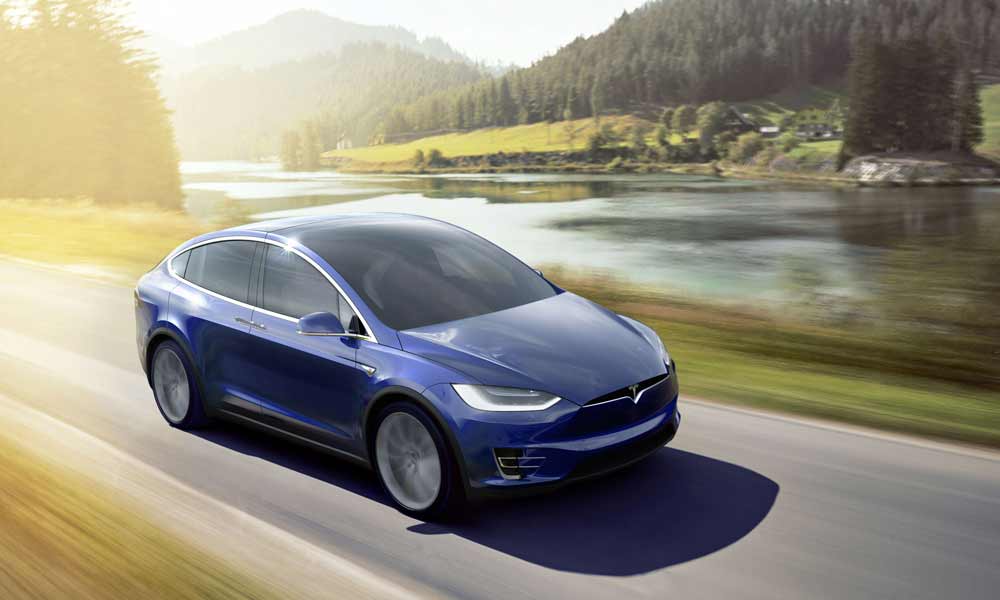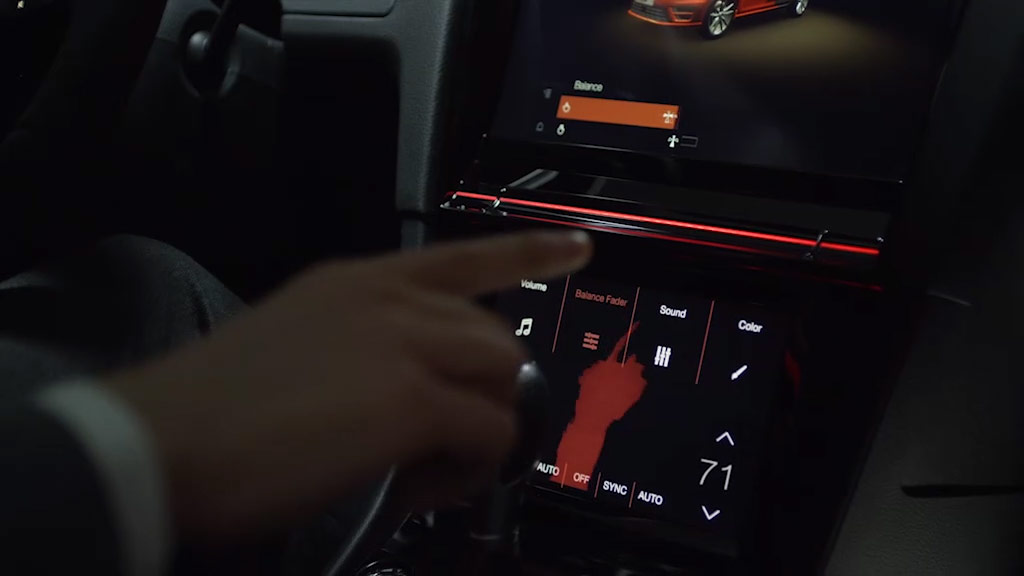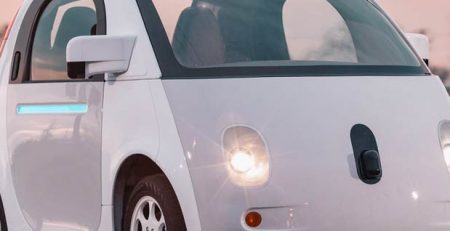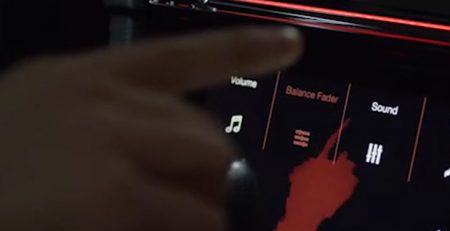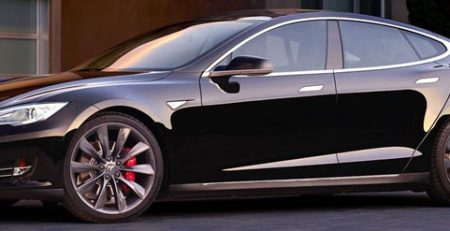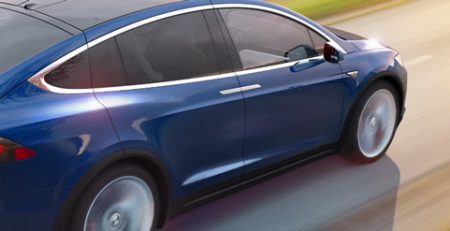2015 has been a hallmark year for new car technology, with innovation after innovation produced by several manufacturers wh read more
Car innovations in 2015 and what to expect in 2016
Fifty years on from the introduction of air conditioning, power steering and seat belts, drivers can now enjoy their connected cars with a multitude of gadgets and gizmos while on the road.
Here we take a look back on some of the most impressive features announced throughout the last 12 months as well as what 2016 promises to offer.
What we saw in 2015
Heads Up Display (HUD)
Known as the Google Glass of cars, Heads Up Display (HUD) initially came about in 2013 but took off with car technology enthusiasts in 2015. HUDs are designed to reduce driver distraction and increase driver safety by offering everything you need in the line of sight. They transform a car's wind-shield into a smart screen that displays the same information from the dashboard. Some HUDs offer speed-limit warnings and lane departure warnings, with more features expected to arrive in the coming years.
Panoramic Wind-shield
2015 saw car manufacturers shift a focus towards making drivers feel like they were sitting in a helicopter pit with their new models, and Tesla claimed that their stunning Model X has the biggest wind-shield in a production vehicle yet. The increase in larger screens go hand-in-hand with the rise of HUDs, by providing much more space to incorporate its display.
Automatic Boot Opening
A lifesaving innovation for those who have been troubled with having their hands full when trying to open the car's boot, automatic boot opening works by connecting to your smart key when within distance. This new innovation is included in a number of new models including the 2015 Kia Sedona.
Lane Centreing
Through the use of onboard cameras, new versions of the Ford Fusion and Toyota Prius can use their brakes to smoothly centre your car back into the lane if you find yourself drifting away.
Automatic Braking
It could be argued that driving has never been safer what with the indulgent of safety technology features that are constantly produced. One of the latest safety innovations is the automatic braking feature that comes with the 2015 Honda Accord, which automatically vibrates your seat or steering wheel to let you know that you're about to collide with something from the front of your car. In fact, the 2015 Subaru Outback can automatically brake in order to avoid a collision.
What to expect in 2016
The Self-Driving Car
Google began their self-driving car technology project back in 2009, and they announced this year that the company's fleet of driverless vehicles had recorded more than 1.2 million miles in the past few years, and 10,000 weekly. In December, it was reported that Google plan to partner with with Ford, although a release date of any kind has been announced. However, in August, Apple revealed that they were also in the process of building a self-driving car, and with the two technology giants competing with each other to produce the first of its kind it could be a case of sooner rather than later.
Matrix LED Lighting
The all-new 2016 Audi A4 will come with innovative matrix LED lighting that is designed to give drivers sufficient illumination that won't trouble oncoming drivers. This is done by a radar that detects objects in the distance, the matrix lights then shield them from the A4's bright high beam light with the individual controlled LEDs.
Self-Cleaning Windows
Another step towards keeping your total focus on the road ahead of you, car makers are actively looking to include windows that can clean themselves and deflect rain, snow, and hail away from them. Kia have already made several steps with this feature but it is expected to become more popular in the new year.
Push button Shifter
Push button has been implemented in recent years for turning the ignition on and off, but now car makers are looking to go further with this function. The 2016 Honda Pilot is looking to add different buttons for changing gears, allowing for more space on the centre console.
Hand Gesture Control
One of the biggest technology innovations of recent years is hand gesture control, and it looks like it is set to finally reach the world of cars in 2016. The 2016 BMW 7 Series sedan will debut the latest version of BMW's iDrive multimedia control system, which can be optionally controlled by hand gestures. Drivers could adjust audio volume by rotating their index finger, or answer a Blue-tooth paired phone call by pointing their finger toward the screen. BMW will be competing with Volkswagen after they released their Golf R Touch concept car earlier this year.

